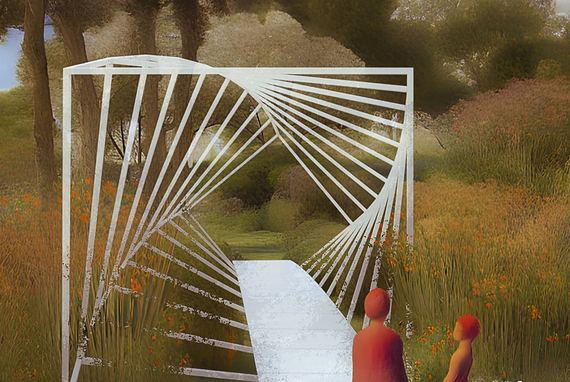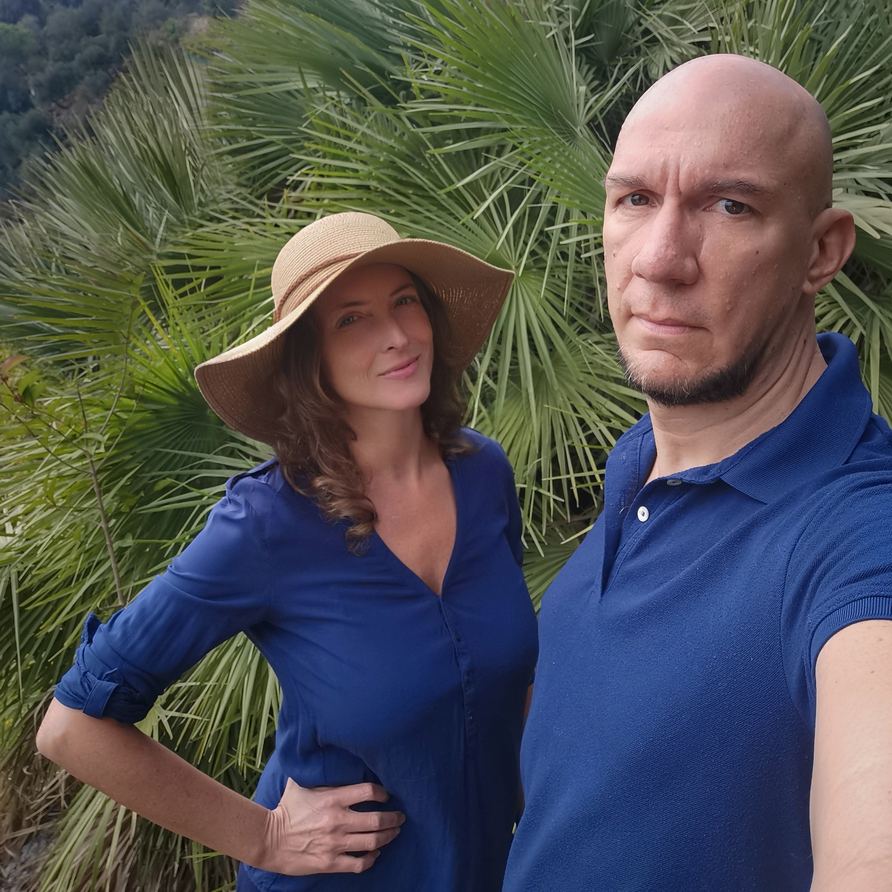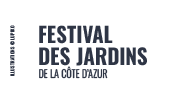TWISTCAPE
by Paola Sabbion (Italy). The frame, the most traditional element used to frame a landscape, is transformed into the creative form of a gallery with astonishing characteristics.

© Paola Sabbion Gian Luca Porcile
Twistcape
by Paola Sabbion (Italy)
The frame, the most traditional element used to frame a landscape, is transformed into the creative form of a gallery with astonishing characteristics. The rotation of the square, a rigid and two-dimensional element, creates a three-dimensional space with sinuous forms.
The plants, mainly herbaceous, follow the path and also penetrate the frame, reminding the viewer that a landscape is not only what is framed in a picture but what is perceived through movement.
A kind of centrifugal current resonates with the free form of the plants, as the wind stirs the foliage, producing a novel perspective that deceives the eye and highlights the views beyond the gate. Geometry is used as an instrument of perspective to surprise the visitor and give them an unusual experience from the disorientation that beckons them to walk through an unexpected landscape, encouraging them to abandon their usual viewpoints.
Eco-friendly features
The materials used, which are mainly wood and natural aggregates (sand, lapilli, gravel) can later be largely reused or recycled after being dismantled. Wood deliveries are certified sustainable and are not chemically treated. Material supplies are sourced from local companies to minimise transport.
The plant species used, typical of the Mediterranean maquis or areas with an arid climate, are low in water consumption and maintenance, hardy, and can therefore be reused after the festival.
Moreover, the use of sand or granulates in the project improves the hydrometric conditions for the plants and reduces the need for irrigation even during the event.
The project was designed to raise public awareness of the urgent need for landscape design to consider water as an essential resource. It may become an opportunity to create new forms of dry landscape, with compositions defined by resilience, variation and movement.
The team

Gian Luca Porcile, architectural historian. His main interests are cultural history, theory of architecture and urban studies and their relationship with new media.
Paola Sabbion, PhD in architecture and landscape design, deals with the history, theory, aesthetics and criticism of landscape. Together they formed the Eight Cubic Meters collective, with which they have participated in landscape design and environmental art competitions.
Pablo Piergentili, Campus Vert d'Azur apprentice.
Partners
- Vivre en bois
- Phytotrend





